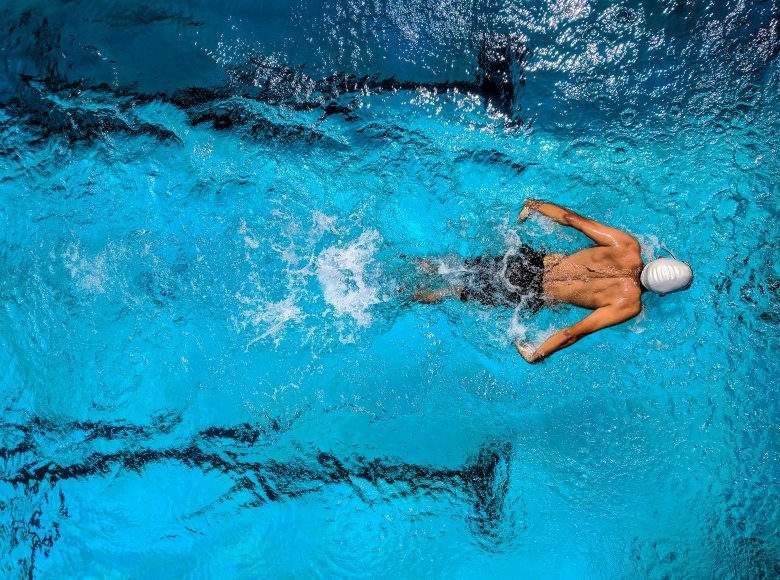Swimming pools are intended to be brimming with water and are basically unsound when unfilled. At the point when a swimming pool is depleted there are three unfavorable things that can occur. To begin with, the shell will carve each time it is depleted. Mortar pools are particularly famous for turning out to be permeable the more frequently they are depleted. This gives place for green growth to develop and here and there the best way to fix this harm is to re-mortar. The subsequent danger is splitting or flying of the shell. This can happen in both mortar and rock pools. Areas of the shell can jump out and tumble off and little to huge breaks can show up. The third danger is expected to hydro-static weight that can develop under the pool. At the point when the pool is unfilled and the weight is more noteworthy under the pool than over the pool, the entire thing can lift/skim up out of the ground. For this situation the harm is frequently hopeless.

Green pool water should not be depleted. This is the most widely recognized explanation where pools are depleted pointlessly. The contributing variables to green growth development are absence of chlorine and plenitude of phosphates in the water. When these two things are dealt with quality algaecide and phosphate remover, the water should come back to its typical state. Generally, a good pool with a working channel ought to have the option to tidy up even the greenest of water without anyone else. It will require some investment, consideration and legitimate substance balance, however green water can quite often be changed into completely clear water without depleting. Elevated levels of consolidated chlorine, at some point alluded to as chlorine lock, is a wonder that can happen. At the point when chlorine added to the water does not have the ideal impact of purifying it is for the most part because of joined chlorine.
A typical signifying trademark is the solid chlorine smells that is perceivable around the swimming pool heating engineers. At the point when levels of cyanuric corrosive are more than 80 ppm or when PH is not adjusted, there is a higher danger of this event. A typical condition is that chlorine will molecularly cling to cyanuric corrosive and other undesirable synthetics and would not leave an adequate measure of chlorine allowed to obliterate the natural substances in the water. Generally, the best way to eliminate the cyanuric corrosive is by depleting and topping off. On account of ongoing headways in pool care procedures, it is conceivable to separate cyanuric corrosive and consolidated chlorine from the water without depleting. Switch assimilation is once in a while used to accomplish this. Particle trade medicines units will likewise eliminate the contaminants from water and will kill chlorine lock.

